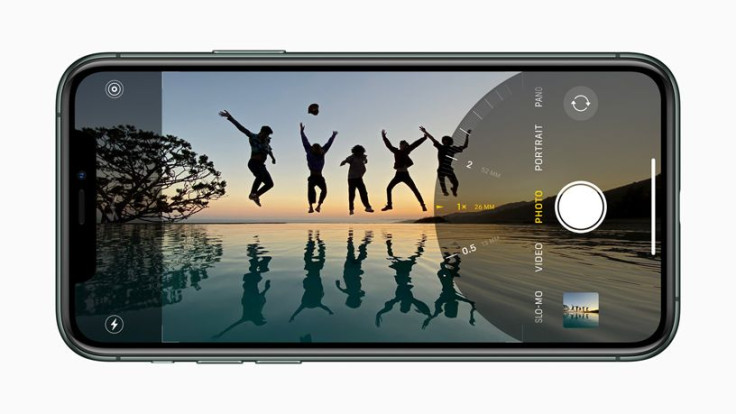
While the iPhone 12 release date is still a long way off, various reports about the upcoming Apple smartphone’s specs and features continue to pour in. The latest one just hinted about what technology the gadget will use for its security.
iPhone 12 will feature an under-display fingerprint scanner, according to MacRumors. The report added that Apple representative recently met with executives from GIS, a Taiwan-based manufacturer, to work out details of the partnership.
Aside from GIS, Apple also tapped a couple of other firms for the ultrasonic under-display fingerprint identification for the upcoming iPhone 12: these include the US-based Qualcomm as well as the Japanese firm, Japan Display Incorporated (JDI).
At the moment, there are two kinds of under-display fingerprint systems. One type is optical, which uses light from the phone’s screen to create a 2D image of the user’s fingerprint.
Another type of under-display sensor is called ultrasonic. It uses high-frequency sound waves to detect a user’s fingerprint and create a 3D image of it.
Qualcomm is already experienced in manufacturing ultrasonic sensors. In fact, Samsung tapped the electronics manufacturer for its Galaxy S10 and Galaxy Note 10. However, the iPhone 12’s ultrasonic sensors are reportedly more advanced.
One way that the iPhone 12 sensors could be more advanced is that the phone’s entire screen could be used for fingerprint scanning. This was already hinted at when Qualcomm director Gordon Thomas said that the firm is planning to create under-display fingerprint sensors that are considerably larger than those used in the Galaxy S10.
This means that the iPhone 12 will have both face ID and touch ID. However, there’s a possibility that future phones will no longer feature the fingerprint ID at all.
Apple is reportedly pushing for mini-LED displays over OLED in its future gadgets. In fact, the upcoming iPad Pro and MacBook Pro will have mini-LED screens instead of OLED.
One advantage a mini-LED has over OLED is that it does not suffer from burn-in. However, ultrasonic under-display scanning only works with the OLED screen, which could mean that future Apple products might ditch the technology and only offer Face ID for security.
© 2025 Latin Times. All rights reserved. Do not reproduce without permission.



